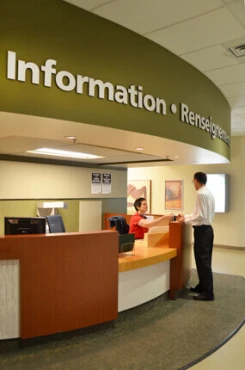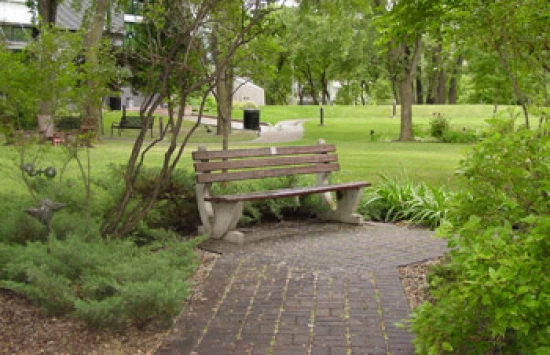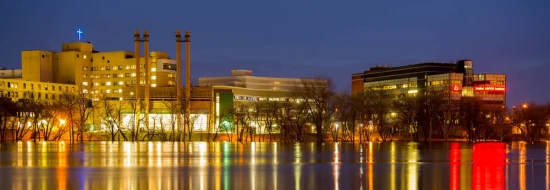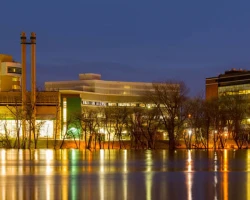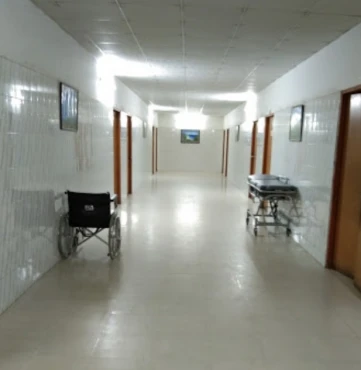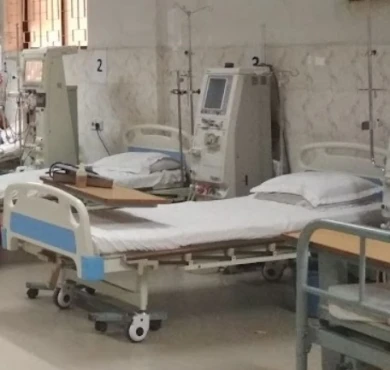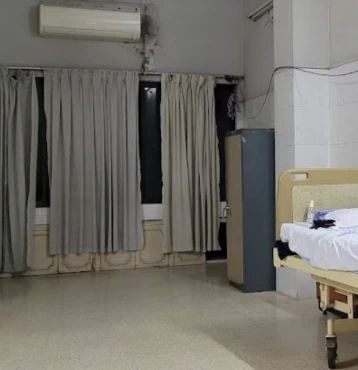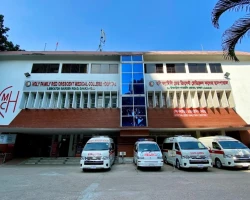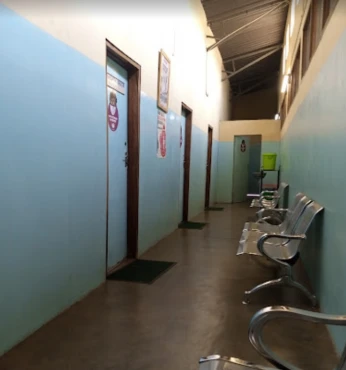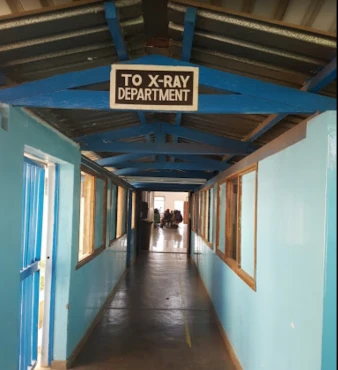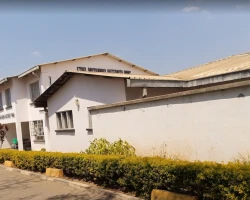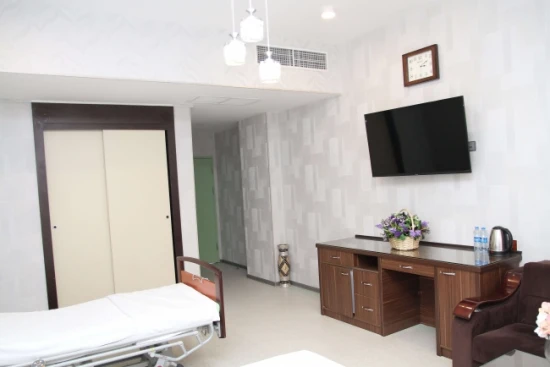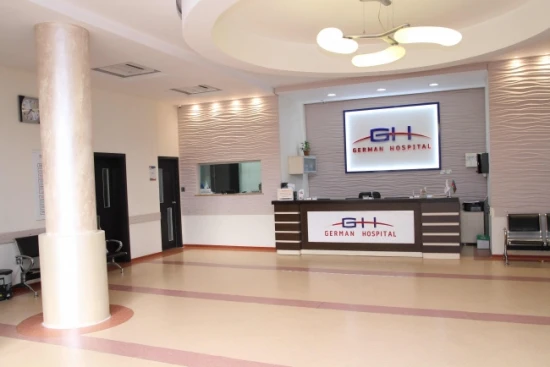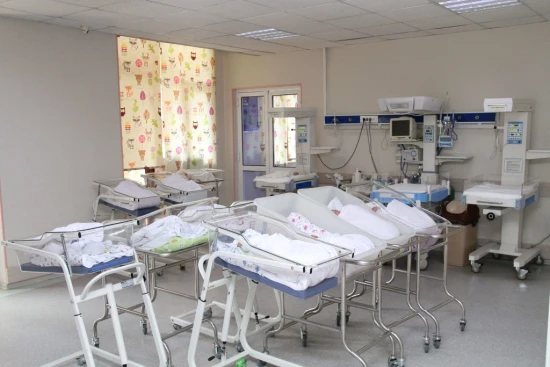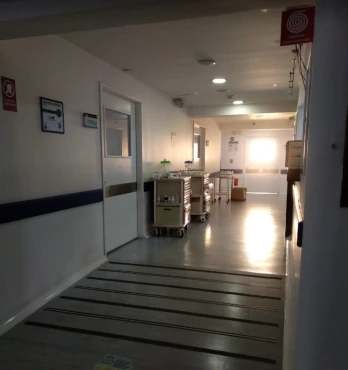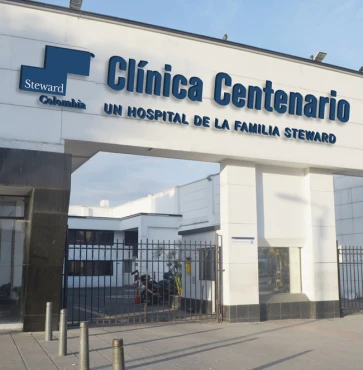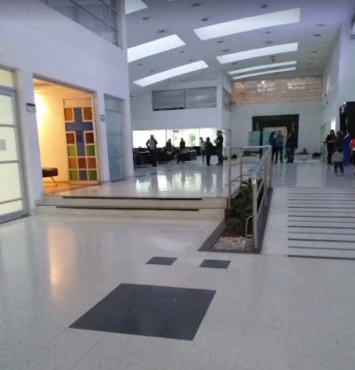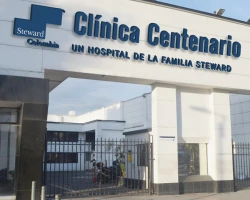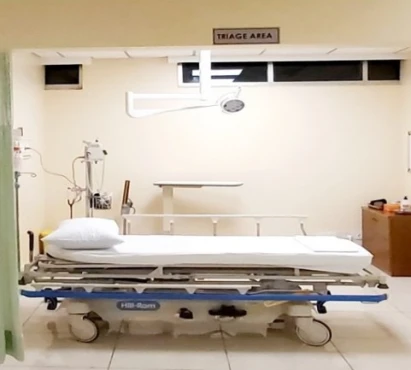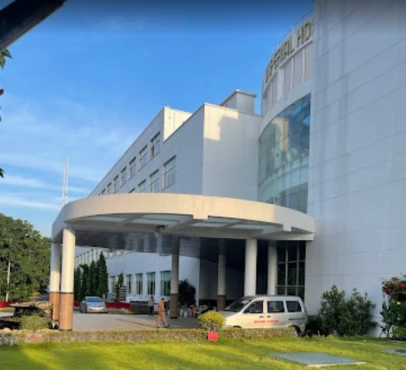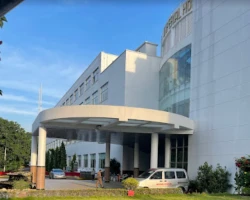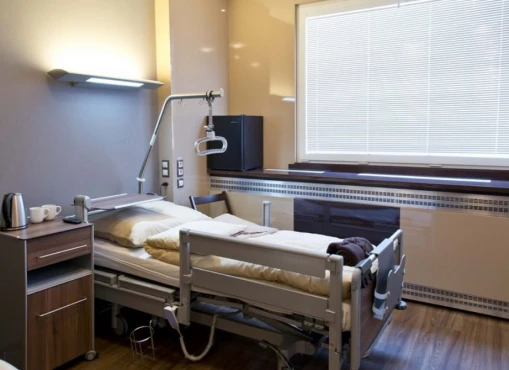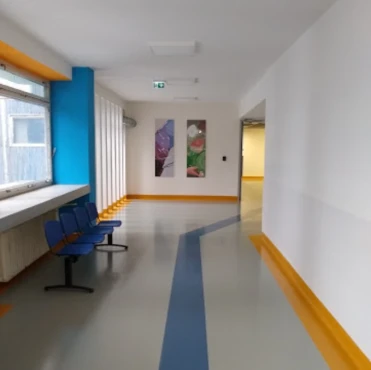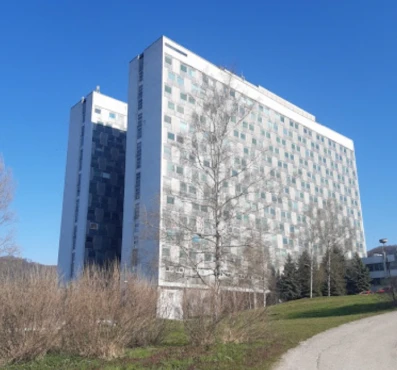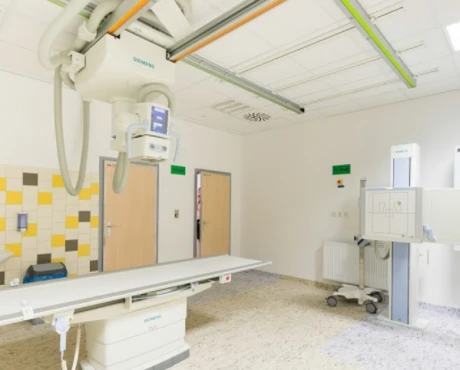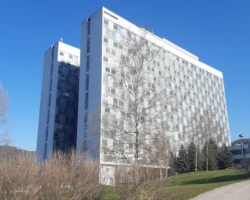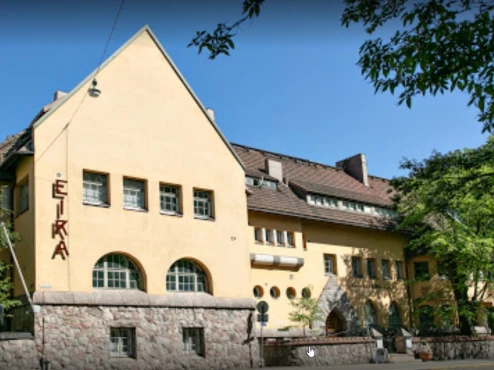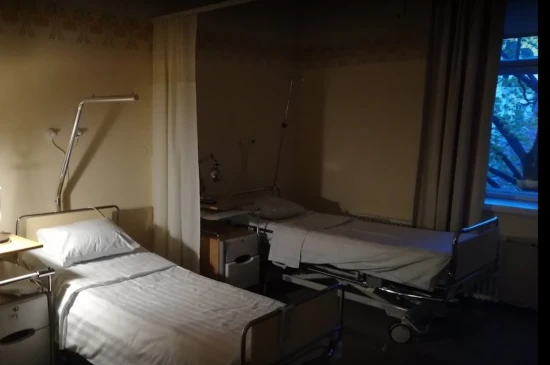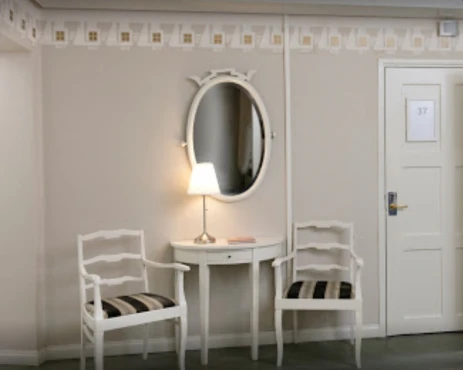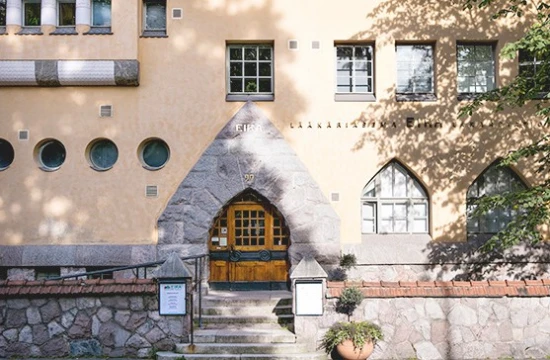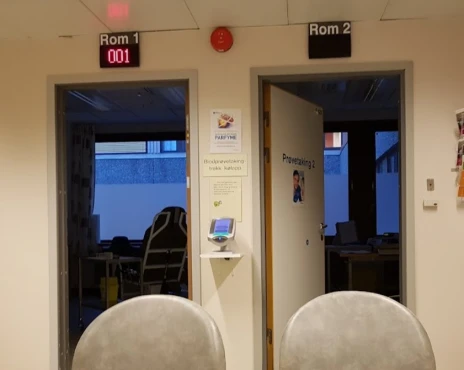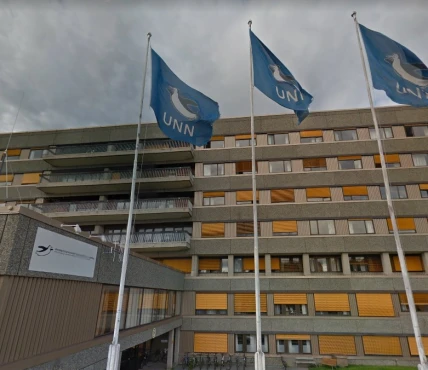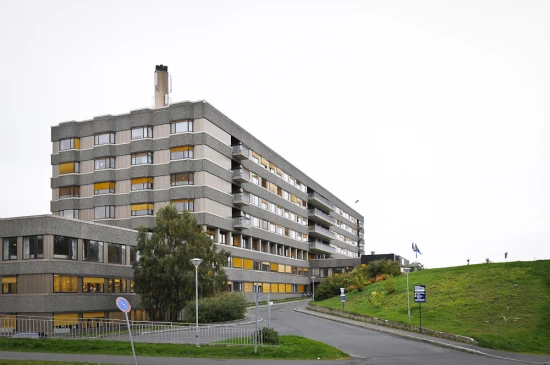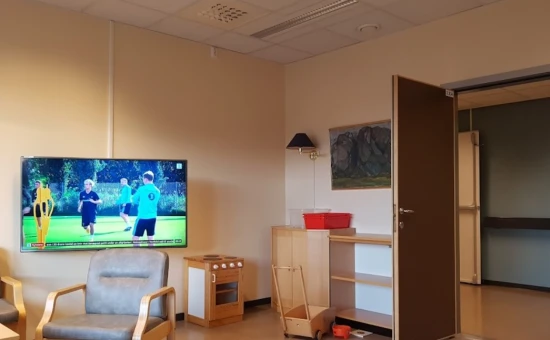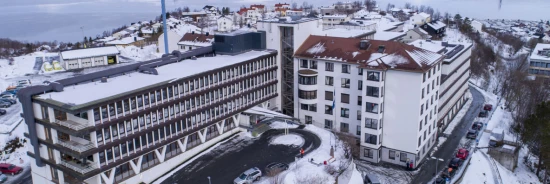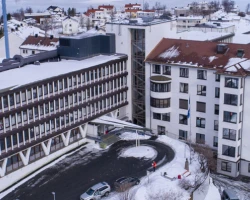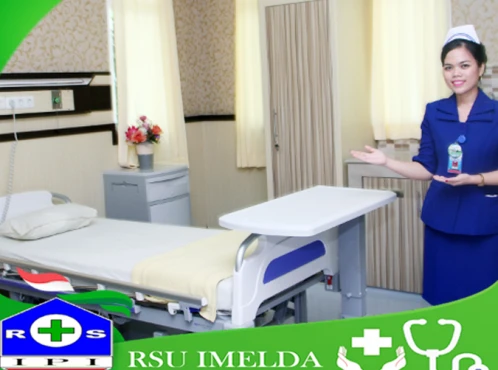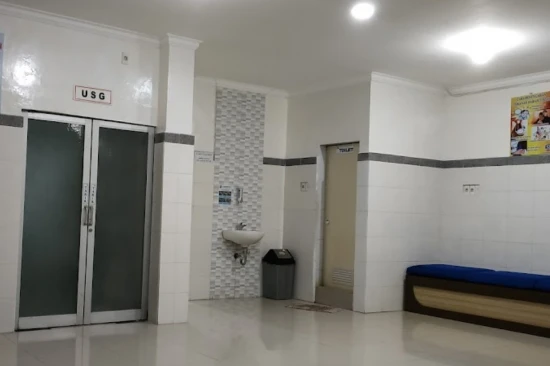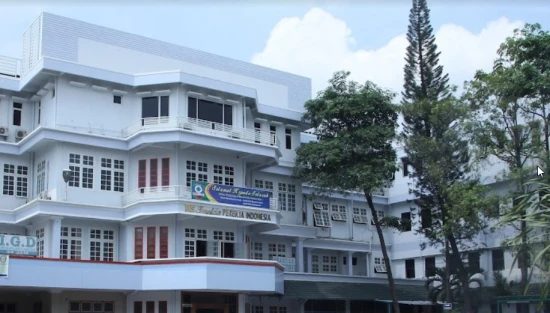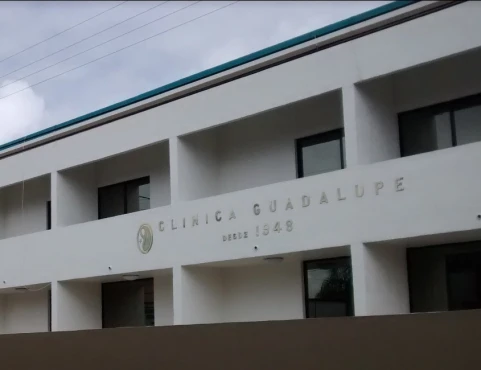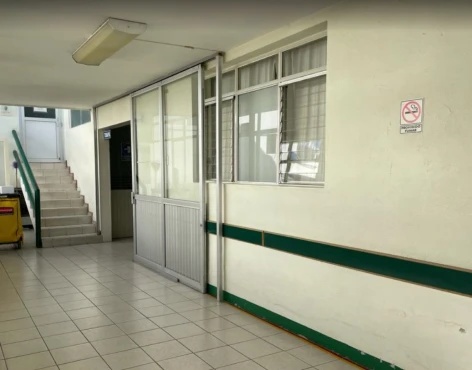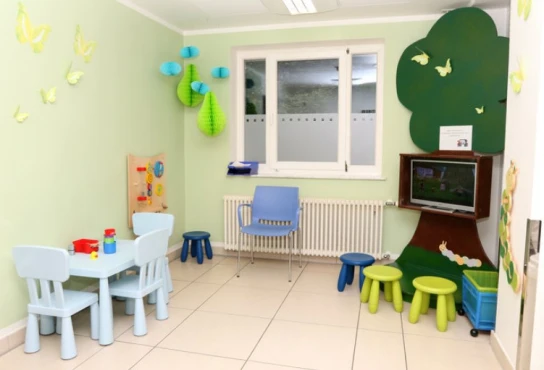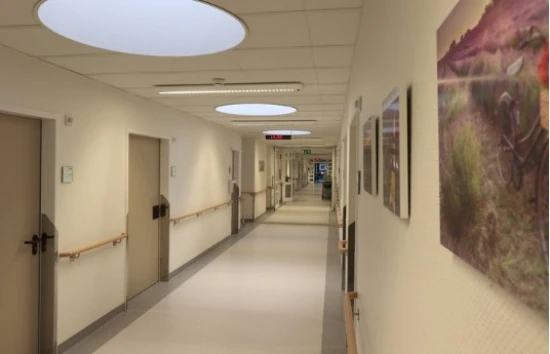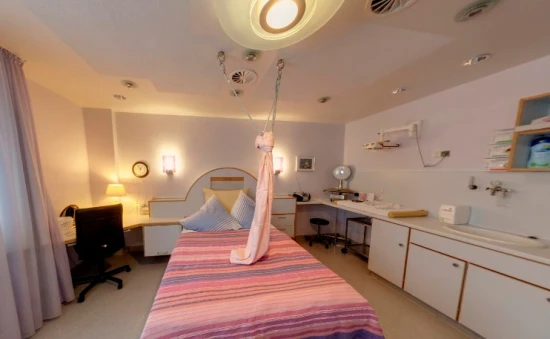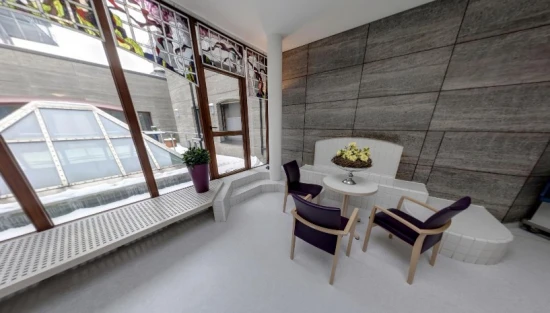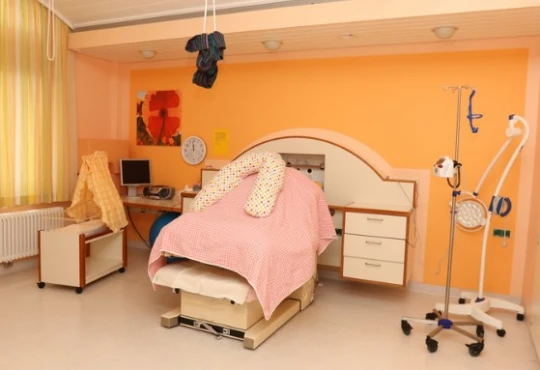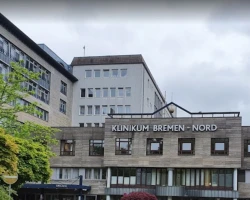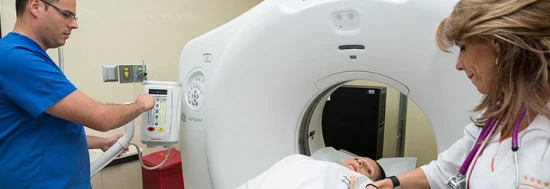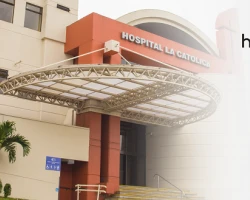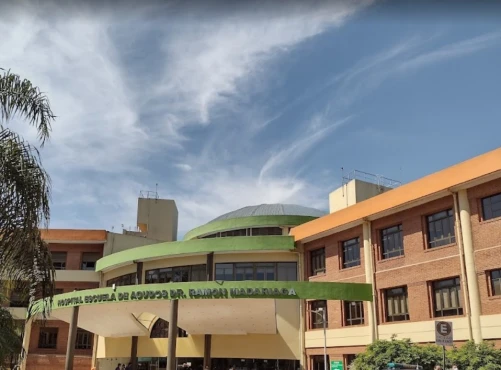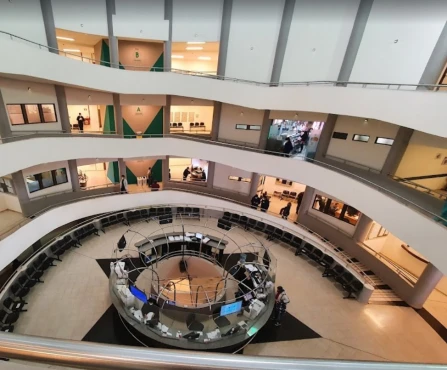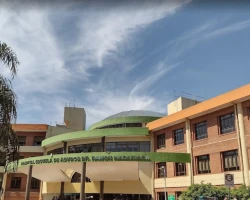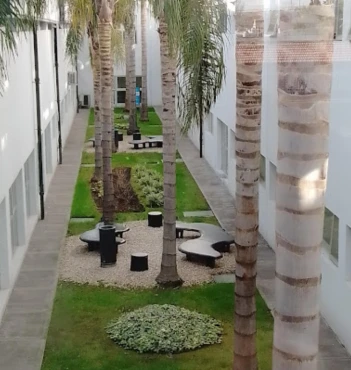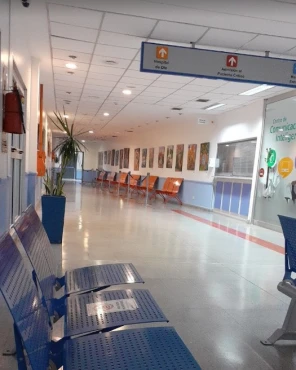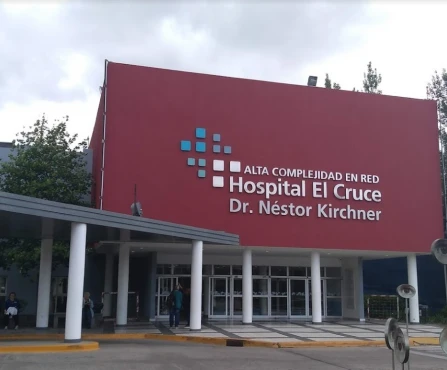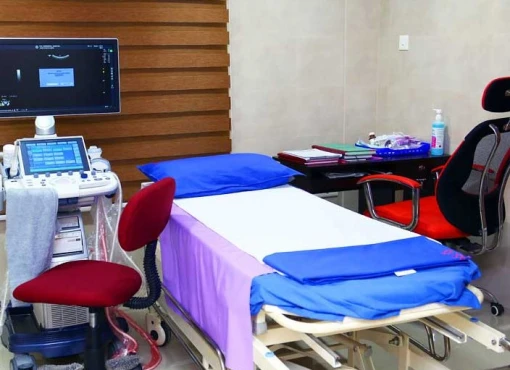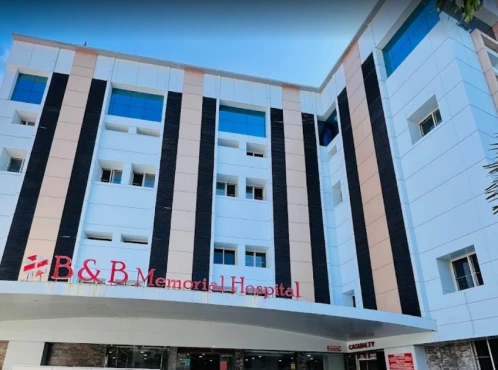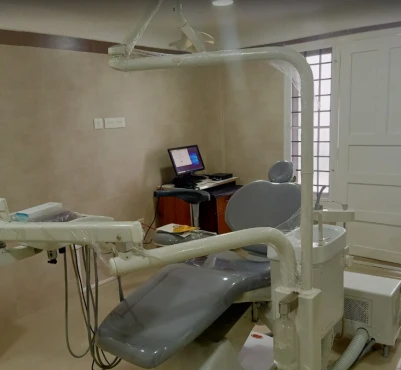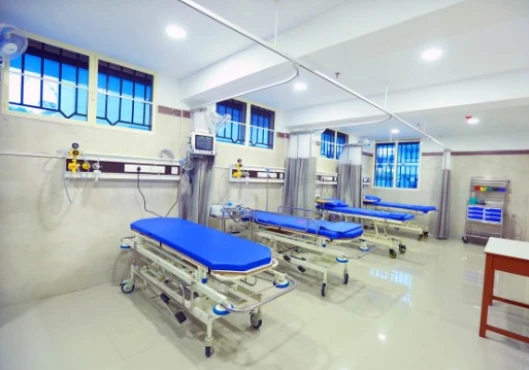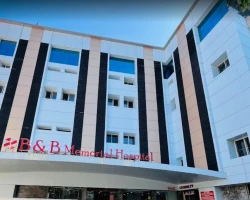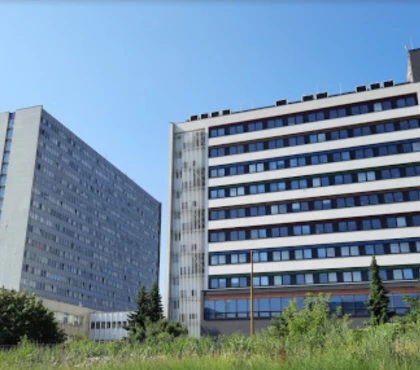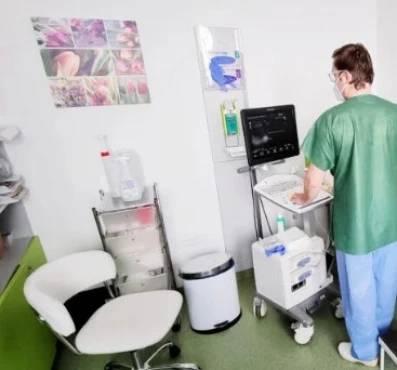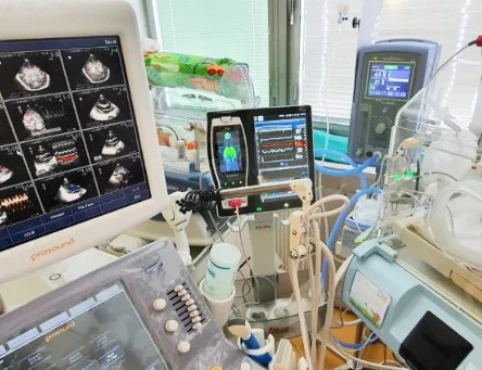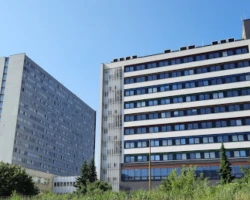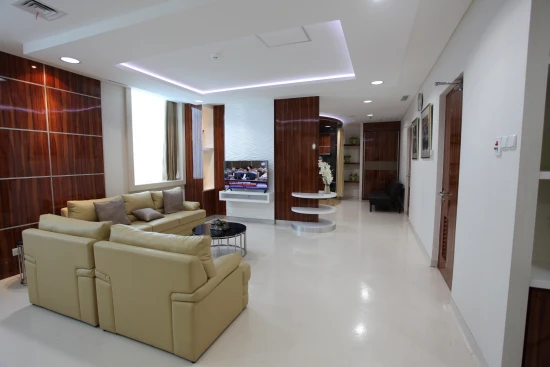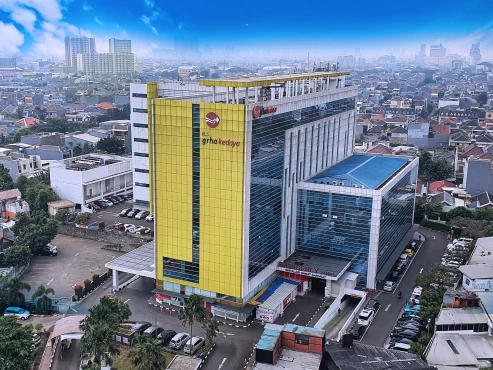Unlocking the Brain’s Potential: The Science of Deep Brain Stimulation
Introduction to Deep Brain Stimulation (DBS)
In the quiet corridors of neurosurgical advancement, a procedure known as Deep Brain Stimulation (DBS) has been steadily transforming lives. Initially envisioned as a bold experiment, DBS has emerged as a beacon of hope for individuals grappling with neurological disorders that were once deemed intractable.
What is DBS?
Deep Brain Stimulation (DBS) is a revolutionary medical procedure that involves the implantation of a medical device, often referred to as a "brain pacemaker," which sends electrical impulses to specific areas of the brain. These impulses are meticulously regulated to alter brain activity in a controlled manner, with the objective of mitigating debilitating symptoms associated with various neurological conditions.
A Journey Through Time: The Evolution of DBS
The genesis of DBS can be traced back to the 1980s when it was first approved to treat tremors. However, the theoretical underpinnings of modulating brain activity via electricity had been explored long before. It wasn't until technological advancements caught up with theoretical concepts that DBS could truly come into its own.
Over the decades, DBS has been refined and its applications broadened. Today, it stands as a testament to the ingenuity of medical science, providing relief to those who once faced a future overshadowed by the relentless progression of their conditions.
The DBS Procedure: A Glimpse Inside
DBS involves a two-stage surgical process. The first stage is the placement of the electrode within the brain, targeting areas that are responsible for the symptoms of the disorder. In the second stage, a device called an impulse generator (IPG) is implanted under the skin, usually near the collarbone. This device is connected to the electrode via a subcutaneous wire that runs down the neck.
With the aid of magnetic resonance imaging (MRI) and precise surgical techniques, surgeons are able to place electrodes at target sites with millimetric accuracy. This precision is what makes DBS a powerful tool in the neurologist's arsenal.
How DBS Works: The Convergence of Technology and Neuroscience
At the core of Deep Brain Stimulation (DBS) lies an intricate interplay between cutting-edge technology and an in-depth understanding of the brain's circuitry. This section will demystify the complex mechanism by which DBS exerts its effects and outline the procedural steps involved in this life-altering therapy.
The Neurological Basis for DBS
The human brain, a complex network of billions of neurons, orchestrates every thought, movement, and sensation. Neurological disorders often arise from disruptions in this delicate symphony. DBS targets these disruptions, specifically in areas that control movement, mood, and cognition.
The targeted brain regions vary depending on the condition being treated. For instance, the subthalamic nucleus is often the focus for Parkinson's Disease, while the globus pallidus interna may be targeted for dystonia. DBS's ability to modulate activity in these areas can alleviate symptoms like tremors, rigidity, and bradykinesia (slowness of movement).
The DBS Surgical Procedure: A Step-by-Step Overview
The DBS surgery is a marvel of medical precision, typically performed while the patient is awake, which helps the surgical team fine-tune the electrode placement for optimal outcomes. The procedure unfolds in the following stages:
- Preoperative Mapping: Before surgery, a comprehensive mapping of the patient's brain activity is conducted. This involves advanced imaging techniques to visualize the brain in high detail, identifying the exact target sites for electrode placement.
- Electrode Implantation: Using a stereotactic frame or frameless system for guidance, the neurosurgeon drills a small hole in the skull and inserts a thin electrode into the targeted brain area. The patient's feedback during this stage is crucial, as it helps the surgeon confirm the electrode's ideal position.
- Device Placement: After the electrode placement, the patient undergoes a second procedure, often on another day, to implant the impulse generator (IPG) under the skin of the chest. The electrode and IPG are connected by a wire that runs beneath the skin.
- Programming and Adjustment: Following the implantation, the device is programmed and calibrated to deliver electrical impulses tailored to the patient's needs. This programming can be adjusted over time as the patient's condition evolves or as they adapt to the stimulation.
The Role of DBS Devices
The DBS system consists of three main components: the lead (electrode), the extension (wire), and the neurostimulator (IPG). These devices have evolved over the years, becoming more sophisticated and allowing for greater customization of therapy.
Modern DBS devices offer features like rechargeable batteries, directional leads to focus stimulation, and even closed-loop systems that adjust stimulation based on brain activity. These advancements have not only improved efficacy but also reduced side effects, marking a new era in the management of neurological disorders.
Applications of DBS: A Spectrum of Hope
Deep Brain Stimulation (DBS) has become a pivotal intervention for a range of movement and psychiatric disorders. Its versatility in managing symptoms has provided many patients with a renewed sense of autonomy. This segment highlights the conditions DBS addresses and the profound difference it makes in the lives of patients.
Disorders Treated with DBS
DBS's most extensive application is in the treatment of movement disorders, where it has been shown to significantly reduce symptoms and medication dependency. Here are a few conditions where DBS has been particularly effective:
- Parkinson's Disease: DBS helps alleviate tremors, stiffness, slowness, and walking problems. It's often considered when medication effectiveness wanes;
- Essential Tremor: For those with this tremor disorder, DBS can be life-changing, reducing the involuntary shaking that disrupts daily activities;
- Dystonia: DBS provides relief from the muscle contractions and twisting movements characteristic of dystonia, especially when medications are not effective;
- Obsessive-Compulsive Disorder (OCD): In severe cases of OCD, DBS can reduce the intensity of compulsions and obsessions;
- Epilepsy: DBS targets the areas of the brain that initiate or propagate seizures, thereby reducing seizure frequency.
The Impact of DBS on Quality of Life
The efficacy of DBS extends beyond the mitigation of symptoms; it profoundly influences patients' quality of life. Patients often report improvements in social interactions, independence, and overall well-being. DBS can mean the difference between dependency and a life lived with dignity for many.
Patient testimonials abound, with stories of individuals returning to hobbies, resuming careers, and engaging in social events — activities they thought were lost to their condition.
The Clinical Efficacy of DBS
Clinical trials and long-term studies have validated the efficacy of DBS. The procedure has been found to provide sustained symptom relief, with some patients experiencing improvements lasting over a decade. The personalized nature of DBS programming ensures that treatment remains responsive to each patient's evolving needs.
Risks and Considerations
As with any surgical intervention, DBS comes with its set of risks and considerations. While the benefits can be substantial, it is crucial for patients and their families to understand the potential challenges associated with the procedure.
Potential Side Effects and Complications
DBS is generally safe, but it carries risks like any surgery. Potential side effects can include:
- Infection at the site of the implanted device;
- Headaches or discomfort at the implantation site;
- Temporary swelling or bleeding in the brain;
- Movement or dislodgement of the electrode.
There may also be stimulation-related side effects, such as:
- Speech problems;
- Muscle tightness;
- Unwanted movements;
- Mood changes.
These side effects are typically transient and can often be mitigated by adjusting the stimulation settings.
Long-term Considerations
Over time, patients with DBS systems may require battery replacements for their neurostimulators, particularly if non-rechargeable batteries are used. Advances in technology have seen the introduction of rechargeable systems, which offer convenience and reduce the need for additional surgeries.
Furthermore, patients must commit to regular follow-ups for device monitoring and reprogramming, ensuring optimal device performance and symptom management.
Criteria for DBS Candidacy
Not every patient with a neurological disorder is a candidate for DBS. The selection process is rigorous, involving a multidisciplinary team of specialists. Ideal candidates typically have:
- A clear diagnosis of a movement disorder or other condition responsive to DBS;
- Symptoms that are not adequately controlled with medications;
- No significant cognitive impairments or psychiatric conditions that could be exacerbated by DBS.
The Future of DBS: Innovation and Ethical Frontiers
As Deep Brain Stimulation (DBS) continues its forward march, it does so in tandem with exciting advancements in non-invasive brain stimulation techniques. These complementary approaches expand the therapeutic landscape for neurological conditions and offer a glimpse into a future where intervention may not always require surgical procedures.
Recent Advancements in DBS Technology
In the vanguard of DBS innovation, we find adaptive DBS (aDBS) systems and directional electrodes, but the sphere of brain stimulation is broadening even further with the advent of non-invasive methods:
- Transcranial Magnetic Stimulation (TMS): This non-invasive technique uses magnetic fields to stimulate nerve cells in the brain. Recent developments in TMS aim to target deeper brain structures with greater specificity, potentially offering an alternative to traditional DBS for some patients;
- Transcranial Direct Current Stimulation (tDCS): tDCS applies a constant, low current through the scalp to modulate neuronal activity. Advancements in electrode design and targeting are making tDCS a versatile tool for a wide range of neuropsychiatric conditions.
These non-invasive modalities are not only broadening treatment options but are also enhancing our understanding of brain networks and how they relate to behavior and disease.
The Synergy of Invasive and Non-Invasive Techniques
The future may hold a synergistic approach, where invasive and non-invasive methods are used in concert. Non-invasive techniques could be employed for early-stage treatment or for patients not suitable for surgery, while DBS remains a powerful option for more advanced or refractory cases.
Alternative Treatments and Comparisons
With the expansion of non-invasive brain stimulation techniques, the landscape of neurological treatment is becoming richer and more complex. Researchers are continually assessing these methods against DBS, weighing the benefits of a less invasive approach against the proven efficacy of DBS in severe cases.
Ethical Considerations and Societal Impacts
As we usher in these new technologies, ethical considerations become increasingly salient. Non-invasive brain stimulation, while less risky than surgical options, still requires careful consideration regarding its impact on the individual's cognitive and emotional state. Moreover, the widespread availability and marketing of these technologies necessitate stringent regulation to ensure they are used appropriately and ethically.
Conclusion: A Future Shaped by Diversity in Treatment
The evolution of DBS and the rise of non-invasive brain stimulation represent a collective stride towards a future where neurological and psychiatric disorders are managed with unprecedented precision and personalization. These technologies signal a new era of neurological therapeutics, characterized by an array of options tailored to the unique needs of each patient.
As we embrace the potential of these advanced therapies, we remain committed to exploring their full implications—both medical and ethical—to ensure they serve to enhance human health and well-being.
